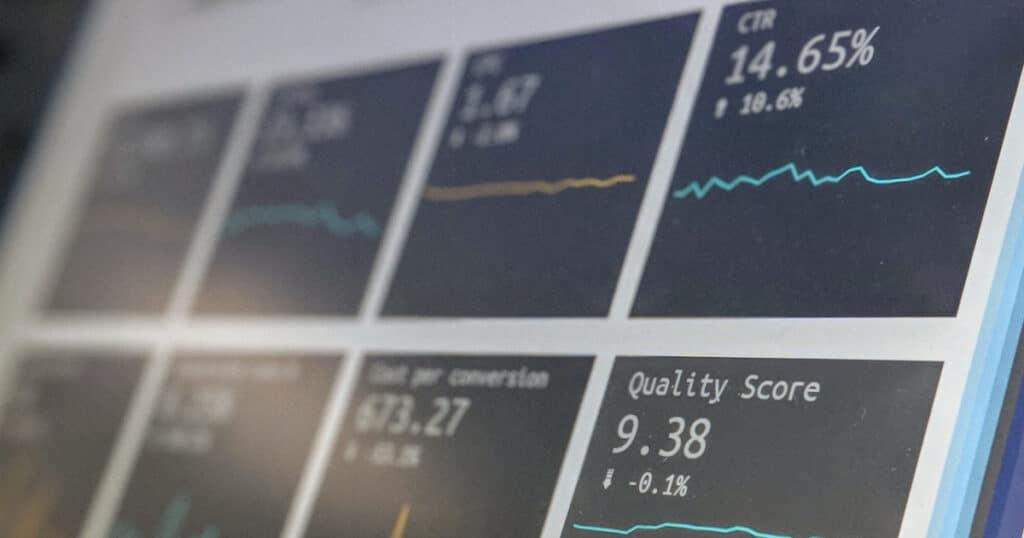This One Setting Can Ruin Your Facebook Ad Campaigns

When running Facebook ad campaigns, every detail matters, and even one small setting can dramatically affect your results. One such setting is Campaign Budget Optimisation (CBO), a tool designed to automate how your ad budget is distributed. While this can simplify the process, if not used properly, it could seriously ruin and break your Facebook ad campaigns, impacting your campaign’s success.
In this post, we’ll explore how CBO can help or ruin your campaigns, highlight its advantages and drawbacks, and share best practices to maximise your Facebook ad performance.
What Is Campaign Budget Optimisation (CBO)?
Campaign Budget Optimisation (CBO) is a Facebook Ads Manager feature that automatically allocates your ad budget across different ad sets within a campaign. Instead of setting a fixed budget for each ad set, CBO dynamically adjusts spending in real-time based on how well each ad set is performing.
Although CBO makes managing ad spend more efficient, if it’s not aligned with your ad goals, it can also result in wasted budgets and underperformance.
The Risks of Incorrect CBO Use
While CBO offers many advantages, there are risks if you don’t fully understand how it works.
Below are a few:
- Uneven Budget Allocation: Facebook’s algorithm might shift your budget to ad sets that perform well early on, but this doesn’t always mean these are the best long-term performers. As a result, your high-converting ad sets may be underfunded, which is a massive problem id your high performing audience and creatives are in a different ad set.
- Performance Data Delays: CBO tends to favour quick wins, allocating more budget to ad sets that show immediate results. However, this can hurt long-term strategy as slower-growing ad sets might be overlooked even though they could eventually deliver better ROI.
These issues can lead to ad fatigue, budget wastage, and missed opportunities to connect with high-quality audiences.
Why Manual Budgeting “Might” Be Better
In some cases, manual budget control can lead to better campaign outcomes. By manually assigning specific budgets to each ad set, you maintain full control over how much is spent on each target group or creative element. This is especially useful if you have historical data on which audiences or ads perform best.
An important dynamic is that each industry is different and may perform better with different settings regarding where you place your ad budget, but this comes with experience.
With manual control, you can:
- Prioritise High-Converting Ad Sets: Ensure that your top performers receive the right amount of budget, reducing the risk of overspending on less effective ads.
- Run Effective Tests: When testing new audiences or creatives, you can assign equal budgets, giving each a fair chance to prove its potential before making changes.
Although manual budgeting takes more effort, it provides precision and control, ensuring your ads get the best possible results.
When and How to Use CBO Effectively
CBO isn’t all bad, it just requires thoughtful implementation.
Here are some best practices for using CBO to get the most out of your campaigns:
- Test Multiple Audiences or Creatives: If you’re managing a large campaign, CBO can efficiently distribute the budget across several ad sets, helping you to optimise without constant tweaking.
- Set Minimum and Maximum Budgets: To prevent budget imbalances, use the minimum and maximum budget settings within CBO, giving you more control while still benefiting from the automation.
- Monitor Closely: Always keep an eye on performance, especially at the start of a campaign. Adjust if you notice uneven budget distribution that doesn’t align with your ad goals.
- Use CBO for Similar Goals: Ensure all ad sets share the same campaign objective, such as lead generation, to help Facebook’s algorithm optimise effectively.
Horizontal vs. Vertical Scaling with CBO
When scaling your Facebook ads, understanding the difference between horizontal scaling and vertical scaling is key.
Always keep the following in mind:
- Vertical Scaling: This involves increasing your budget for high-performing campaigns. CBO can help to efficiently distribute the larger budget to top-performing ad sets.
- Horizontal Scaling: This strategy focuses on adding more ad sets to target new audiences. However, with CBO, ensure that budget distribution across new ad sets is monitored to avoid underfunding promising options.
Conclusion: Find the Right Balance for Budget Control
The secret to successful Facebook ad campaigns is knowing when to rely on CBO and when to use manual budget control. While CBO offers automation and convenience, it may lead to budget mismanagement if not monitored properly.
By understanding both the strengths and weaknesses of CBO and implementing the best practices above, you can strike the right balance between automation and control. Whether you choose to use CBO, manage budgets manually, or combine both, continual optimisation is essential to maximise your campaign’s success.







Responses